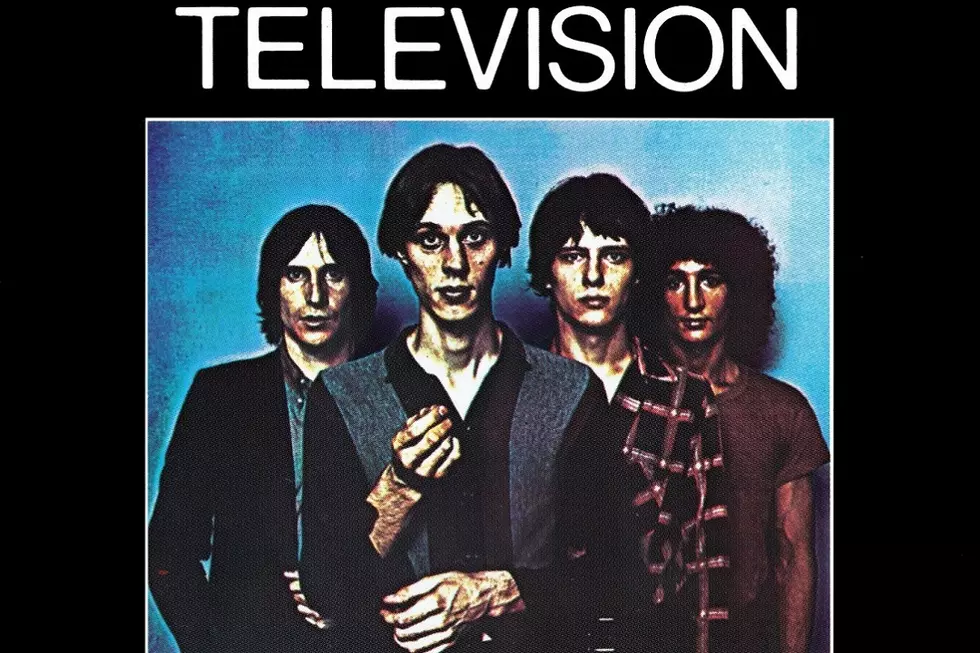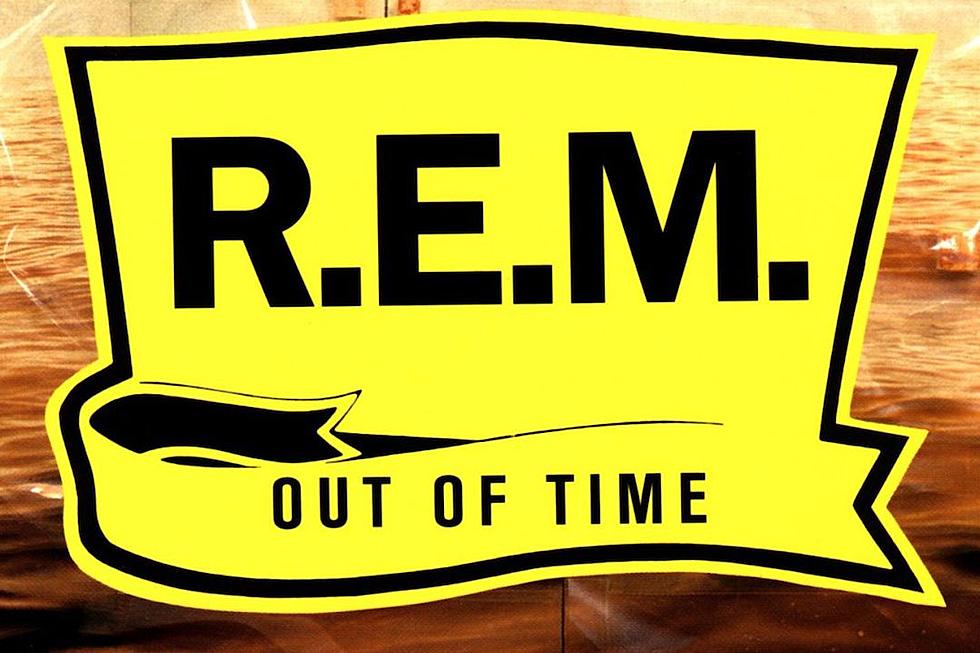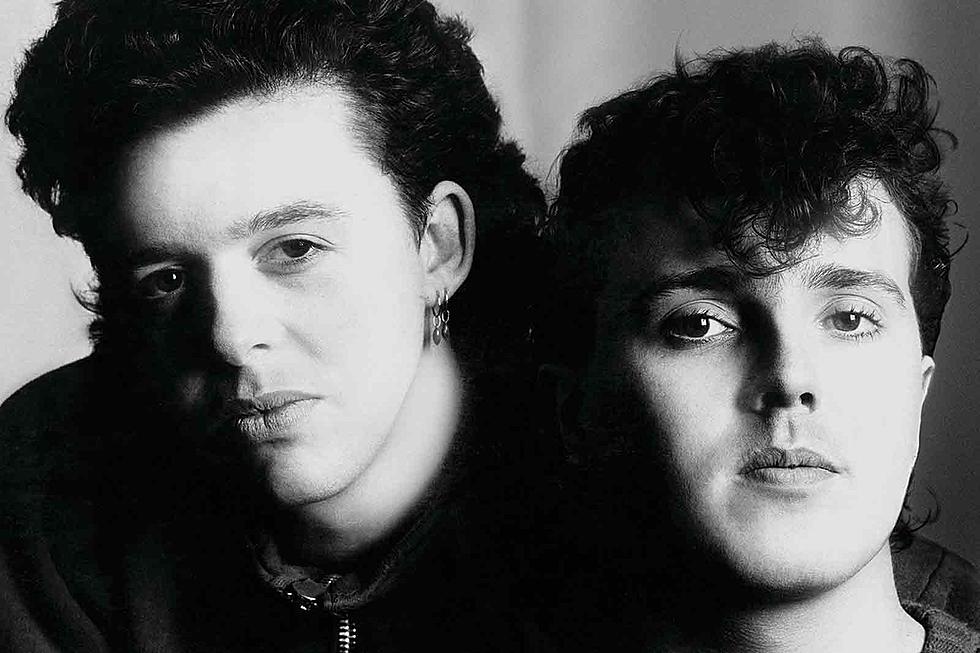35 Years Ago: A Flock of Seagulls’ Eponymous Debut Shows They Were More Than Just a Haircut
A Flock of Seagulls' hit self-titled debut album had a weighty theme, centered on extra-terrestrial life. It produced a pair of smash singles, garnered praise from legendary producer Phil Spector and curmudgeonly critic Robert Christgau, then earned a Grammy award for a cool instrumental deep cut.
All anybody wanted to talk about, however, was co-founder Mike Score's hair. He summarily clipped his famous seagull-like waterfall 'do, but the die was already cast. A Flock of Seagulls were forever linked to their image, more than their songs – something Score has finally come to terms with.
“That hairstyle was an icon of that time,” Score told the Asbury Park Press in 2016. “It used to tick me off but the reality was that it helped us get noticed. That’s what every band wants.”
Formed in Liverpool in 1979 along with Score's brother Ali, Frank Maudsley and Paul Reynolds, a criminally underrated guitarist, this band was much more than just a crazy coif. As a Flock of Seagulls smartly combined several different rising aesthetics – including New Wave, post-punk and the New Romantics – they established a beachhead of early chart successes.
"I Ran (So Far Away)" soared into the U.S. Top 10, while "Space Age Love Song" also hit the Top 40. A Flock of Seagulls likewise was a gold-selling Top 10 Billboard smash, even as Spector – who must have been thrilled by the echoey, wall-of-(synth)-sounds on their underground-hit second single "Telecommunication" – dubbed the album "phenomenal." Christgau, meanwhile, raved that A Flock of Seagulls "actually provides the hook-chocked fun most current pop bands only advertise."
"I think for a lot of kids out there, looking back at it now, it was kind of like somebody opened the door to the future," Score told the Oklahoman in 2001. "Middle America was very kind of staid, with traditional rock kind of stuff. I think that right at that time, with the coming of MTV, to see that stuff on TV, there was a demand for it."
The eponymous album's out-of-this-world theme actually continued a storyline of abduction that dated back to "(It's Not Me) Talking," a Flock of Seagulls' June 1981 debut single. "Talking" later appeared on their 1983 sophomore release, Listen.
Listen to a Flock of Seagulls Perform 'Space Age Love Song'
“Sci-fi was a huge influence,” Score told the Asbury Park Press. “There were movies like Alien back then and people were really fascinated by aliens and space. It wasn’t like we were jumping on a trend. It was fascinating to us. We put out this spacey album, and it was embraced. I look back at that period and I can’t help but smile since I was not a trained musician but I always loved music and I still do.”
Like so many of the featured acts at the dawn of the MTV era, a Flock of Seagulls seemed to come out of nowhere, but they'd actually built toward the breakthrough that "I Ran" represented. "Telecommunication" didn't appear on the main pop charts in either the U.K or America, but became a sizable club hit – eventually going to No. 19 on the Billboard's dance list in late 1981. "Modern Love Is Automatic" was actually refashioned from an earlier EP which had set the stage for their debut.
Then came their first video, which found a Flock of Seagulls performing "I Ran" in a mirrored, tin foil-festooned room as director Tony van den Ende rotated the camera around in dizzying loops. (This was said to be an homage to the cover image from No Pussyfooting by Brian Eno and Robert Fripp.) A run in heavy rotation on MTV led to an opening slot on Squeeze's 1982 tour, and a Flock of Seagulls were on their way.
Lost in what happened after Score – a former hairdresser – debuted his seagull-cut, however, was that it wasn't even part of that initial wave of publicity. Yet that's what ultimately came to define a Flock of Seagulls, even as they scored a subsequent Top 30 U.S. hit with "Wishing (If I Had a Photograph of You)," another synthesizer-washed gem from Listen.
Their image calcified into parody, and a Flock of Seagulls never recovered. By 1986, the original line up was no more. Mike Score later reformed the group with others, and has regularly toured. The hairstyle – in fact, most of Score's hair – is long gone, and with it a kind of albatross. In fact, Score argues that the musical zeitgeist has finally swung back their way.
“When I hear synth bands these days, I hear us,” Score told the Los Angeles Times in 2015. “It’s almost like it skipped a generation and the people right after us didn’t like us – and that’s fine, because they wanted to rebel against what was going on before them, kind of like the punks rebelled against the ’70s super bands.”
How 50 of Alternative Rock's Biggest Bands Got Their Names
More From Diffuser.fm









